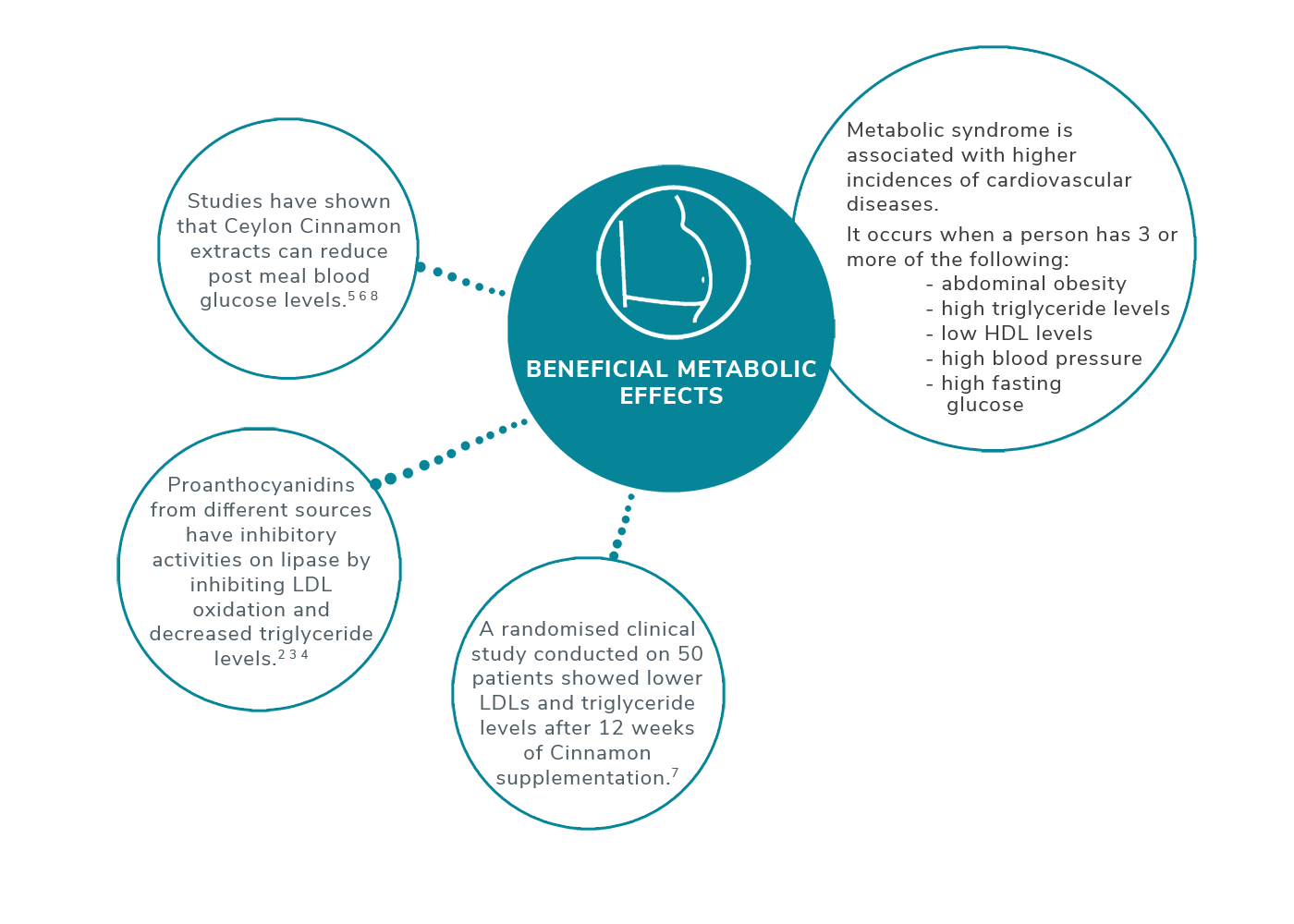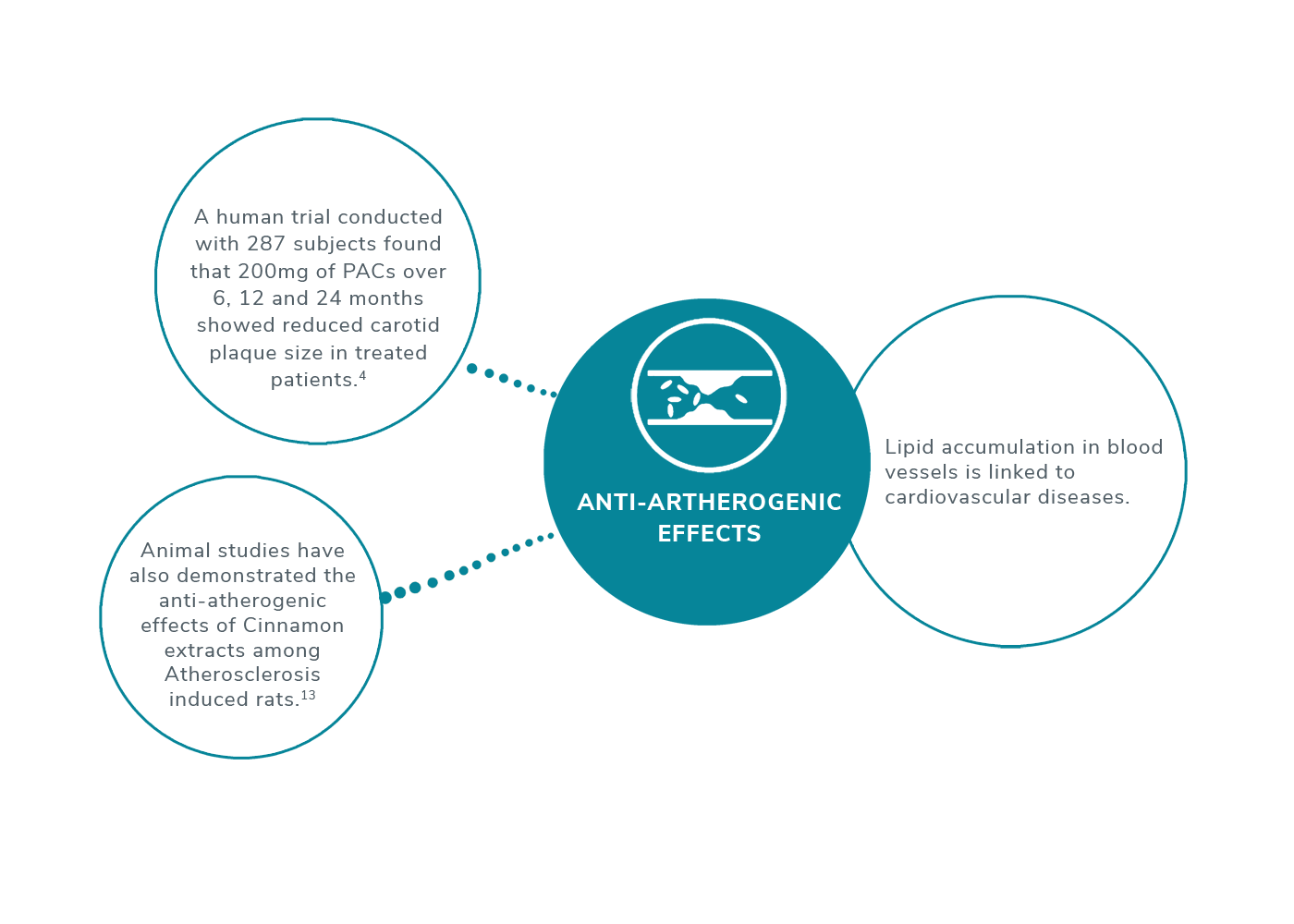How does OptiHeart® work?
Historic | Ayurvedic
Ceylon cinnamon has historically been associated with heart health in Sri Lanka and is a common ingredient used in Ayurvedic remedies.

Various studies suggest that ceylon cinnamon, which is rich in proanthocyanidins, protects against cardiovascular diseases.


The USDA states that a meta-analysis of 14 prospective cohort studies have suggested that higher dietary intakes of flavonoids such as Proanthocyanidin were inversely associated with cardiovascular risk.


Why choose OptiHeart®?
OptiHeart is standardised to guarantee a consistent dosage of the active compound equivalent to the required daily dosage to ensure the best possible results. A perfect complement to daily exercise and a healthy diet for optimum cardiovascular support.
Ceylon Cinnmamon is the safest type of Cinnamon in the world. Other varieties such as Cassia have a high concentration of a toxic compound called coumarin that is known to damage the liver if taken in large quantities.
Our HAD extraction process preserves precious plant compounds in a capsule with no added preservatives or fillers.

